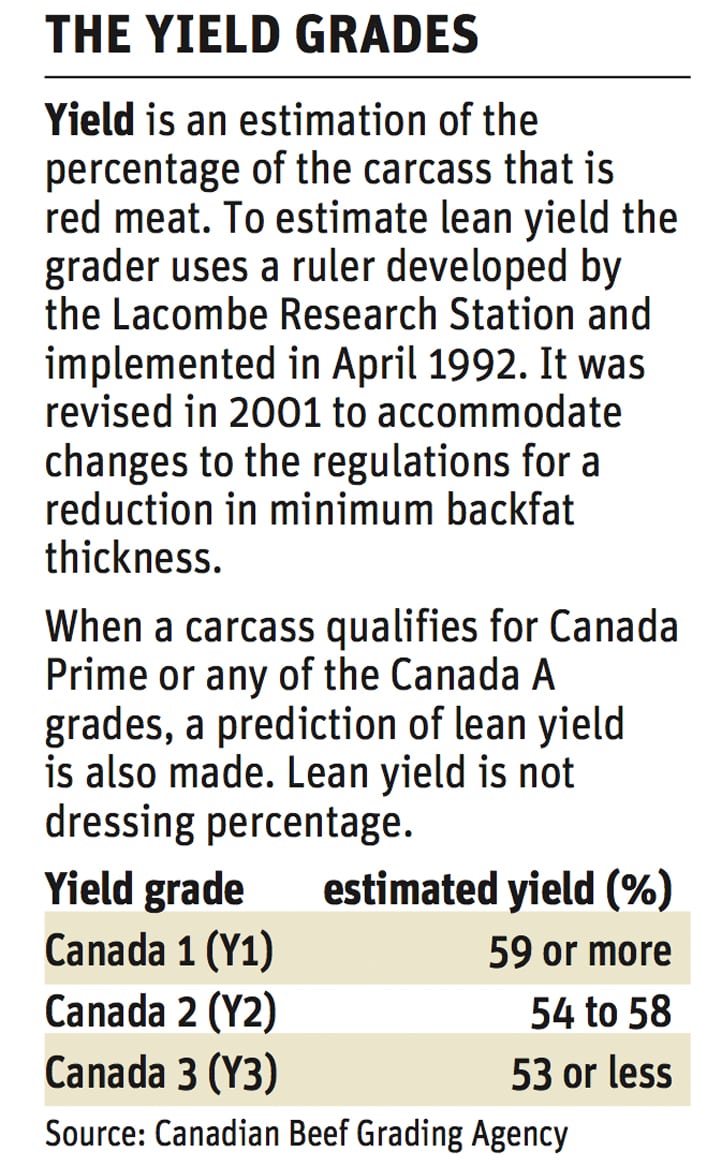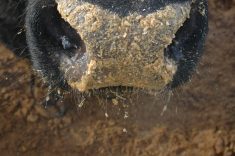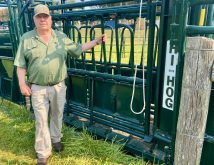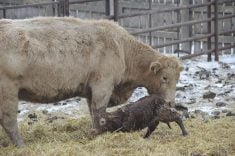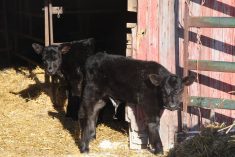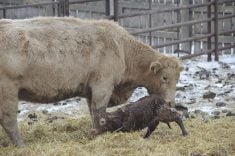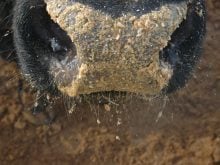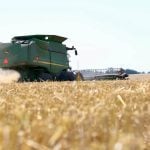Canada plans to realign its beef grading system with more yield classes.
For the last seven years the Canadian beef industry has considered moving from three to five yield classes to align with the United States system, said Marty Carpenter, president of the Canadian Beef Grading Agency.
“It would make it easier for our customers, particularly in the U.S. to understand our system better,” he said at the Canadian Beef Industry Conference held in London, Ont.
Trading partners refer to the U.S. standard. Right now Canadian marbling scores are similar and yield grades will be more similar.
Read Also
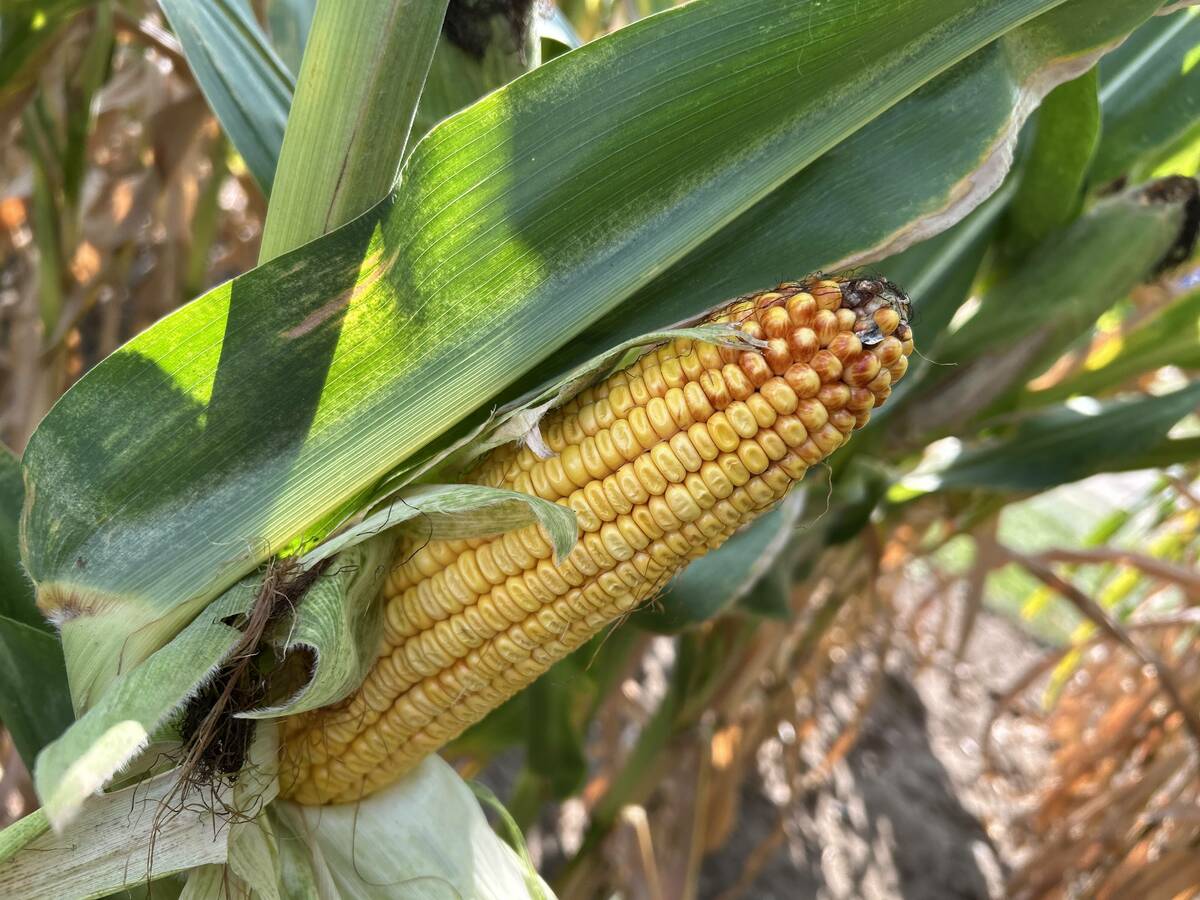
Crop estimates show mixed results
Model-based estimates used by Statistics Canada showed the 2025/26 crop year has seen increases in canola, corn for grain, oats and lentils production while seeing dips in spring wheat, durum wheat, soybeans and barley in comparison to 2024/25.
“About 50 percent of our carcasses will fall into the new yield class 1 designation,” he said.
Beef yield grades estimate the percentage of red meat in the overall beef carcass based on fat depth and ribeye size measurements between the 12th and 13th ribs.
Graders use a special ruler to measure and evaluate carcass yield and a new assessment tool is in development. Meat scientists Oscar López Campos and Jennifer Aalhus at Agriculture Canada’s Lacombe research centre have been testing an evaluation matrix to go from three to five yield classes. They correlated data from more than 45,000 carcass records to make sure it is equivalent and recognized by trading partners. The new model was tested on about 600 carcasses at three large plants to make sure it met Canadian and U.S. standards.
Two of the facilities had grading cameras and the new model matched the data to those systems
“We are confident we have the information and data to develop this matrix in an equivalent fashion to our U.S. counterparts,” Carpenter said.



